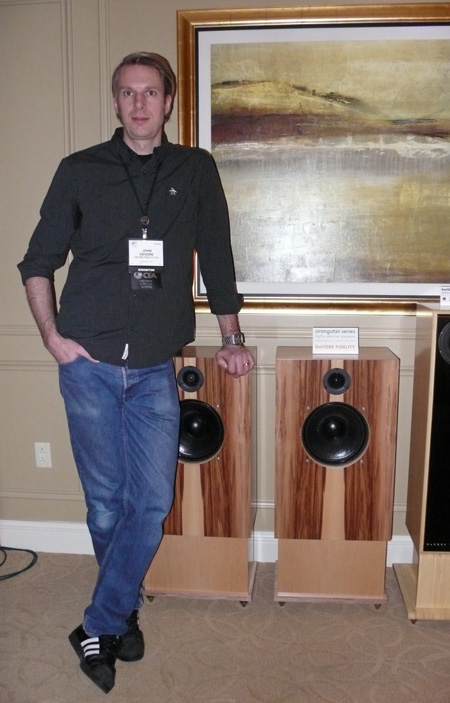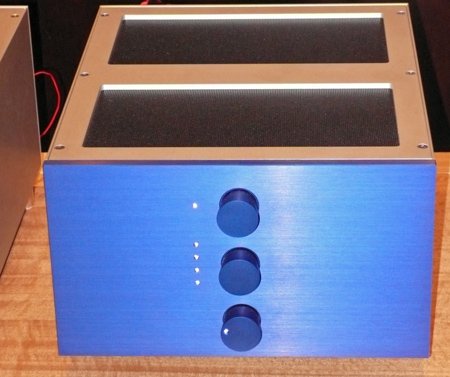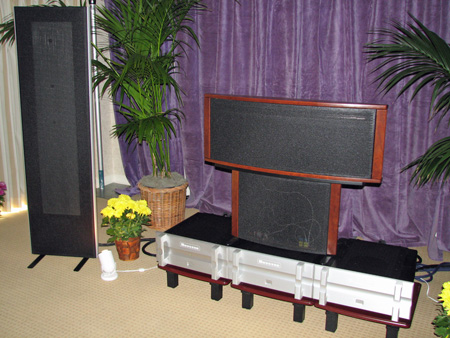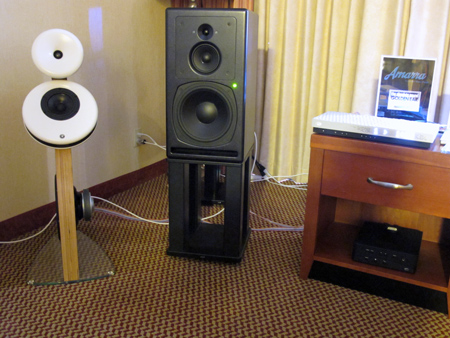
Playing with Teo Liquid Cable
- Read more about Playing with Teo Liquid Cable
- Log in or register to post comments
I've had a Shure V15Vb Cartridge on a Dual CS5000 since 1986. I've logged thousands of hours on this combination. I hadn't used it for the last year while I was in the midst of buying/renovating an apt. Now it's time to get it tuned up.
After so many hours I figure it will perform better if I replace the stylus. Shure stopped making them correct?
Can anyone recommend a replcement option?




Aloha,
One of the things we did this year at T.H.E. was to do some more playing with cables.
Last year, we compared some Straightwire Maestros to the Purist Audio Aqueous Anniversary cables and had a 100% identification rate. Ethan said the cables must have been broken for this to happen.
This year, in another trial, we stayed 'aquatic' and checked out the Teo Audio Liquid Interconnect.